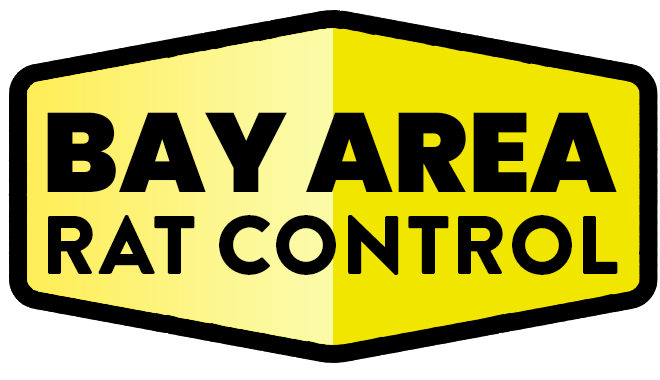Opening Thoughts
As rat infestations continue to pose challenges in urban and rural environments, advancements in technology are revolutionizing pest control. Modern tools and innovations now offer more effective, humane, and environmentally friendly solutions to manage rat populations. This guide explores the latest trends in rat control technology and their practical applications.
Smart Traps and Monitoring Systems
1. Smart Traps
- How They Work:
- Equipped with sensors and Wi-Fi connectivity, smart traps notify users in real-time when a rat is caught.
- Features:
- Automated resets, reducing the need for manual checks.
- Humane trapping mechanisms with instant kills.
- Benefits:
- Ideal for large-scale infestations or commercial properties.
- Provides data on rat activity patterns.
2. Digital Monitoring Systems
- How They Work:
- Motion sensors and infrared cameras detect rat movements.
- Applications:
- Used in warehouses, food storage facilities, and residential properties.
- Benefits:
- Offers real-time tracking and comprehensive insights into infestation hotspots.
Ultrasonic Repellents
1. High-Frequency Devices
- How They Work:
- Emit ultrasonic sound waves that disrupt rats’ communication and navigation.
- Advancements:
- Multi-frequency models to prevent habituation.
- Battery-powered and solar-powered options for outdoor use.
- Effectiveness:
- Best used in combination with other control methods.
2. Integration with Smart Systems
- Examples:
- Devices synced with mobile apps to monitor effectiveness and adjust frequencies remotely.
- Benefits:
- Reduces reliance on chemical treatments, making them eco-friendly.
AI-Powered Rodent Management
1. Predictive Analytics
- How It Works:
- AI algorithms analyze data from sensors, traps, and environmental factors to predict infestation trends.
- Applications:
- Helps property managers and pest control companies optimize resource allocation.
- Benefits:
- Improves prevention strategies by identifying high-risk periods and areas.
2. Automated Detection Tools
- Examples:
- AI-enabled cameras that differentiate between rats and other pests.
- Integrated systems that automatically deploy traps or repellents when activity is detected.
Eco-Friendly Rat Control Solutions
1. Dry Ice Treatments
- How It Works:
- Dry ice (frozen carbon dioxide) is placed in rat burrows, suffocating them as it sublimates.
- Applications:
- Used in urban areas, parks, and gardens.
- Benefits:
- Non-toxic, humane, and environmentally friendly.
2. Biodegradable Baits
- Advancements:
- Formulated to decompose without harming non-target species or contaminating soil and water.
- Applications:
- Suitable for residential and agricultural settings.
Internet of Things (IoT) in Pest Control
1. Connected Devices
- Examples:
- IoT-enabled traps and sensors that share data across a centralized platform.
- Applications:
- Commercial buildings, multi-unit residences, and large-scale agricultural operations.
- Benefits:
- Real-time insights and remote management capabilities.
2. Integration with Home Automation
- Features:
- Systems integrated with smart home platforms like Google Home or Amazon Alexa.
- Benefits:
- Enables users to monitor and control pest devices remotely.
Case Studies: Technology in Action
1. Smart Traps in Food Warehouses
- Problem:
- Persistent rat infestations causing contamination and inventory losses.
- Solution:
- Deployment of smart traps linked to a central monitoring system.
- Outcome:
- Reduced infestation rates by 85% within three months.
2. Ultrasonic Repellents in Residential Complexes
- Problem:
- Rats nesting in shared walls and ceilings.
- Solution:
- Installed ultrasonic devices with app-controlled settings.
- Outcome:
- Complaints dropped by 70%, with no additional infestations reported.
Future Trends in Rat Control Technology
1. Genetic Rodent Control
- What It Is:
- Use of genetic modifications or sterilization techniques to reduce rat populations.
- Potential Applications:
- Large-scale urban areas or regions with high rodent density.
- Concerns:
- Requires thorough ethical and environmental evaluations.
2. AI-Enhanced Pest Control Robots
- What They Are:
- Autonomous robots equipped with AI for detecting, trapping, and eliminating rats.
- Applications:
- Industrial and agricultural settings.
Mistakes to Avoid When Using Technology
- Overreliance on Single Solutions:
- Combining traditional methods with modern technology ensures better results.
- Ignoring Professional Advice:
- Even advanced tools may require expert installation or maintenance.
- Lack of Regular Monitoring:
- Automated systems still need occasional checks to confirm effectiveness.
Final Thoughts
The latest advancements in rat control technology provide powerful tools to manage infestations more efficiently and sustainably. From smart traps to AI-powered systems, these innovations are transforming how we approach pest management. By staying informed and leveraging the right solutions, property owners and pest control professionals can achieve lasting results.
Relevant Links/Sources:
Smart Pest Control Systems – NPMA
Eco-Friendly Rodent Control Methods – EPA
Innovations in Pest Management – PestWorld
